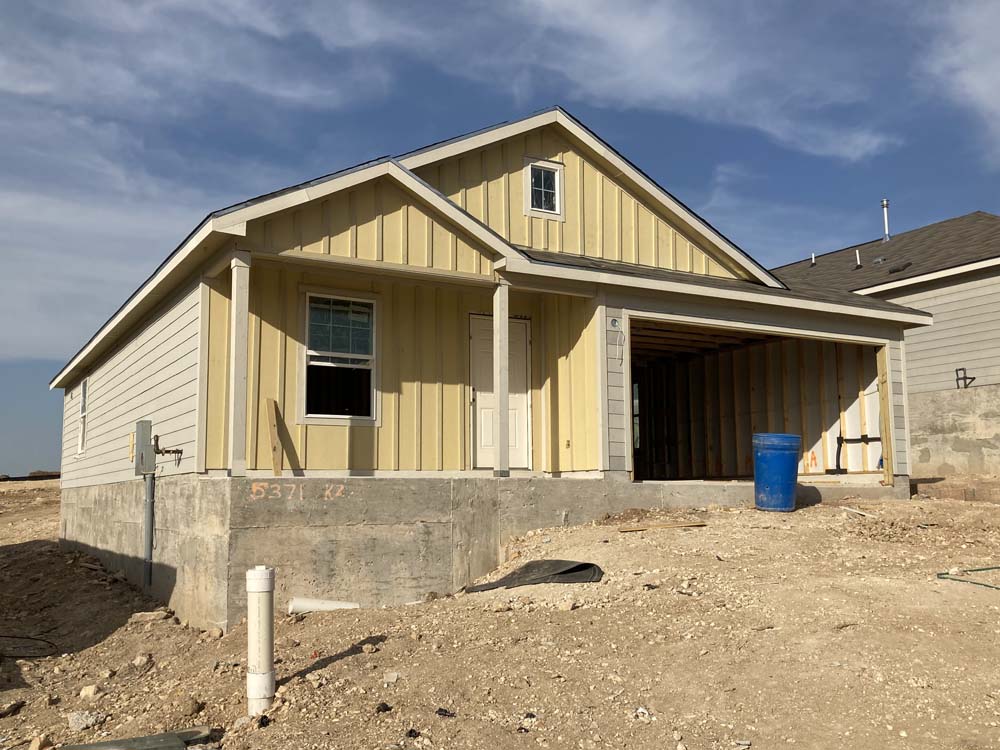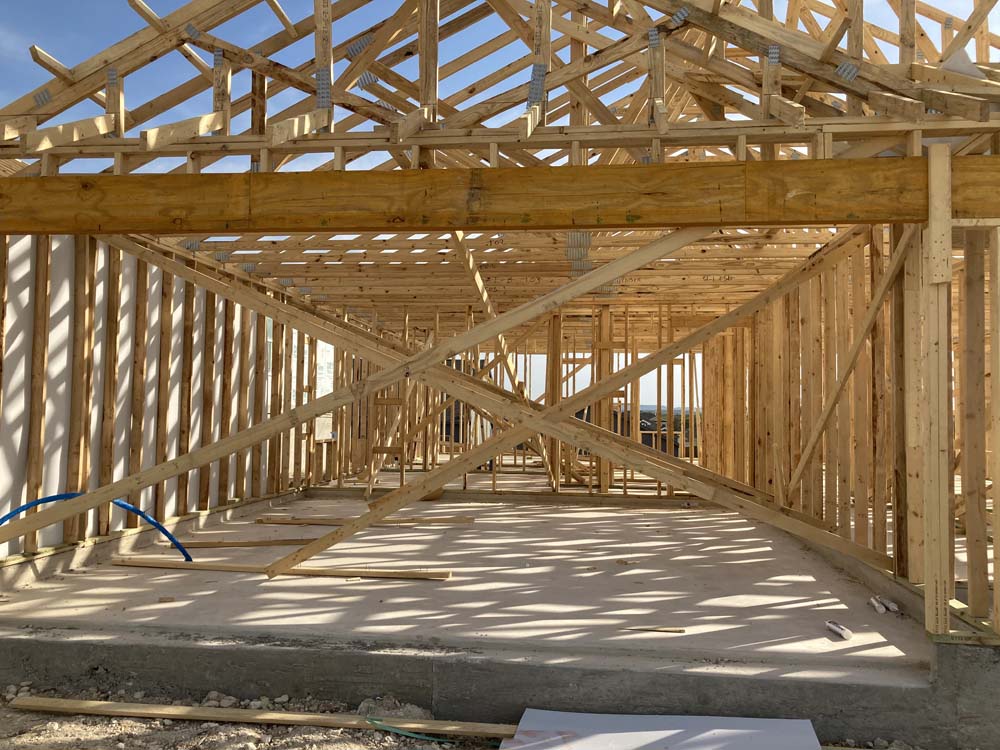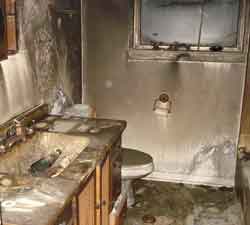Zillow demonstrated in El Paso how to turn a promising real estate venture into a costly “train wreck.” They overlooked the importance of human expertise—experience and judgment. By overpaying for properties and overspending on repairs and renovations, Zillow set itself up for inevitable losses in the real estate market.
The result was a remarkable train wreck, driven by an over-reliance on artificial intelligence, data analytics, and unchecked optimism. Zillow’s iBuyer business, known as Zillow Offers, collapsed, leaving behind shattered dreams. According to El Paso Home Buyers the fallout included a 25% workforce reduction and a dramatic drop in stock value. Zillow’s stock, valued at $103 on October 25, 2021, fell to $39 within seven months. While El Paso homeowners benefited by selling above-market to Zillow, local real estate investors were priced out, losing opportunities to compete.

Newly Constructed Home In El Paso
While other Zillow segments, such as home listings and advertising, performed profitably, the Zillow Offers program incurred an $881 million loss in 2021. This division’s failure contributed to a consolidated net loss of $528 million for the year.
Zillow has a dominant presence in the U.S. real estate industry, serving as an aggregator that compiles data from various sources. However, despite its widespread internet reach and reputation as the largest real estate platform in the country, its algorithm-based valuation estimates face skepticism from El Paso real estate professionals.
What Was Zillow Offers?
Zillow Offers operated as a home-flipping business, buying properties, making repairs, and reselling them for profit. However, the strategy backfired, leaving the company with thousands of homes worth less than its investment. Real estate investors in similar situations typically consider three options:
- Sell the property at a loss
- Rent it out while waiting for market values to rise
- Hold it vacant, bearing taxes and insurance costs, hoping for appreciation
So What Happened With Zillow Offers?
Several missteps led to Zillow Offers’ downfall, with industry experts witnessing the challenges unfold over years. Key issues included:
The Business Plan
The strategy either lacked sound planning or suffered from poor execution. Many critics believe the concept itself was flawed from the outset.
They Paid Too Much for Properties
To secure deals, Zillow often outbid competitors, but this approach left little room for profitable resale. Savvy real estate investors understand that success hinges on purchasing properties at prices that accommodate holding costs and sales commissions.
Underestimated Renovation Costs
Repair and renovation expenses vary significantly between cities, and Zillow miscalculated these costs in El Paso.
Challenges in Hiring Contractors
Zillow underestimated the difficulties of finding reliable and affordable contractors in local markets. Relationships with dependable contractors, often built over time, are critical for real estate success.
Seasonal Market Trends
The company failed to account for the seasonal nature of real estate. For instance, activity slows considerably during the last six weeks of the year due to holiday distractions.
Overpriced Listings
With elevated acquisition and renovation costs, Zillow was forced to list homes at prices above market value, which deterred buyers, including El Paso home buyers.

What’s Next for El Paso’s Home Sellers and Buyers?
El Paso’s real estate market is likely to continue exploring AI-driven approaches to standardize transactions. However, successful outcomes in renovations and sales still rely heavily on human expertise. With numerous variables at play, even a small misstep can transform a promising deal into a loss. The challenges of house-flipping have led many to exit the industry after suffering financial setbacks.


